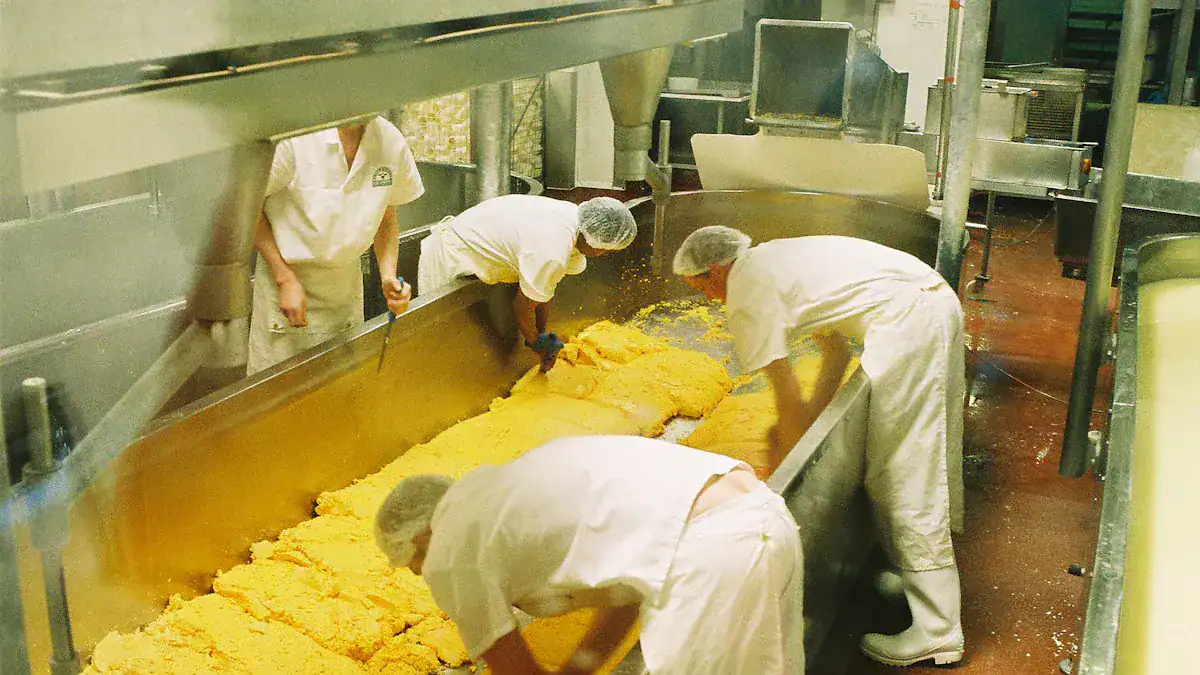Cookies are the descendents of cakes and sweetened breads, but have lost their water-based base as a cohesion medium. In cakes, water thins the base, allowing bubbles to form. Instead, cookies rely on an oily cohesion agent, such as vegetable oils or butter. Because oils are more viscous than water, they can be melted and dissolved at higher temperatures.
Ingredients used in cookie making
When you bake cookies at home, you may be more familiar with the basic ingredients than with those used in factory baking. While wheat flour, fat, and sugar are the most important, the cookie dough also includes other ingredients such as egg yolks, leaveners, and liquids. Other ingredients that are crucial for cookie success include coconut, spices, nuts, and chocolate. To make the best cookies, always use fresh ingredients.
The types of fat used in the cookie dough will affect the taste and texture of the cookies. Butter is a better choice, because it helps the dough spread out on a hot cookie sheet, while shortening does not spread and has no flavor. On the other hand, shortening has a higher melting point than butter, and it will yield a puffier cookie. Regardless of the type of fat you use, there are a few ingredients you should never use in a factory-made cookie dough.
Soft wheat flour is the main component of most recipes. This flour is composed of approximately 65 percent starch and 16% protein. Starch plays a critical role in cookie structure and spread, as it absorbs a significant amount of water during dough makeup. Additionally, starch granules become gelatinized during the baking process and become a significant part of the cookie dough. Cookie dough normally does not contain additives or preservatives. Premium-quality cookies will contain eight to ten percent protein and less than 0.4 grams of ash.
Cohesion of dough
There are several factors that affect the cohesion of dough in a cookie factory. The temperature of the finished dough should be between 19 and 25 deg C. If the dough temperature is too high, it will affect the quality of the finished products. Therefore, it is important to maintain proper temperatures throughout the baking process. However, many cookie factories use a combination of these factors. The goal is to maximize the dough’s cohesion while minimizing the dough’s overall density.
One method of reducing the amount of air in the dough is to make it more firm. Many cookie factories use a combination of rheological studies and physical dough testing to determine how well the dough binds together. Mixing tests and microscopy can help determine the structure of the dough. These tests can be done with a variety of ingredients. The consistency of the dough can be controlled to produce a cookie that meets the requirements of the customer.
A chemical called sodium pyrosulfite is used to improve the cohesion of dough. This chemical additive is approved by the Ministry of Health of the USSR and is added to the raw ingredients at the end of the kneading process. The result is a smooth glossy surface, regular shape, and crumbly, granular consistency. In addition to this, baking soda is also used to improve the cohesion of dough in cookie factories.
Packaging options for cookies
Cookie boxes protect your product from damage. The better quality cookie boxes retain the crunch and freshness of your cookies. When selecting a cookie box manufacturer, keep these 5 vital points in mind:
First, consider what type of box you need. If your cookies are not too fragile, a cardboard box will probably be sufficient. Otherwise, plastic window panels or tins can help boost their prominence. Packaging options for cookies made in factories are also varied. Some manufacturers offer two unique cookie items. Here are some of the options for each type of box. Once you’ve made your decision, start choosing your packaging. You’ll be surprised at what you find.





